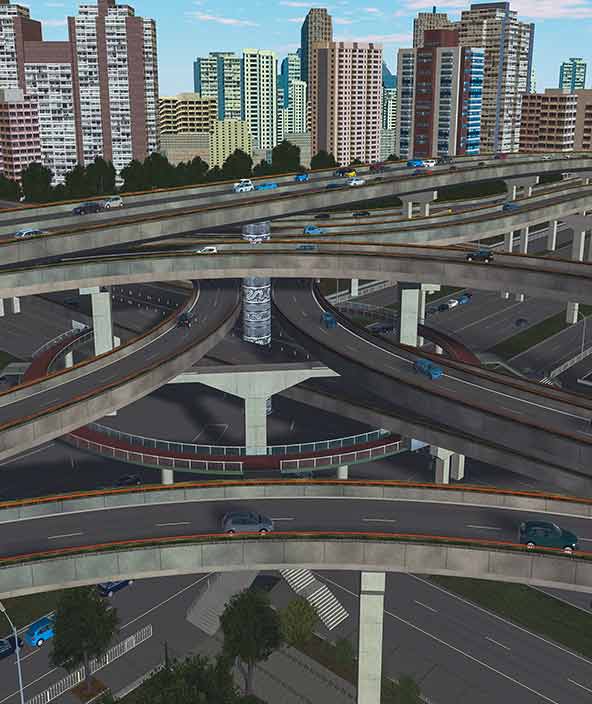Autonomous and ADAS simulation
Virtually design, develop and test thousands of scenarios for autonomous vehicles.
Ready to learn more?
The mobility revolution demands new simulation solutions. Hexagon’s industry-leading autonomous and ADAS simulation solutions work together to address a breadth of challenges in the development and validation of ADAS systems to fully autonomous vehicles (AVs).
Overview
To predict certainty in vehicle performance, companies developing the next generation of cars will have to extend their existing simulation technologies and embrace new ones.
Driver-assistance systems, automated driving and fully autonomous vehicle development requires many millions of miles of testing each month, which can only be achieved through simulation. Extracting meaningful engineering information from the huge amounts of data generated in virtual testing increases the importance of process and data architecture, along with machine learning and artificial intelligence analysis techniques.
Hexagon’s autonomous simulation solutions enable users to create, configure and visualise complete virtual environments in which vehicles can be fully evaluated and validated in any conceivable condition of operation.










